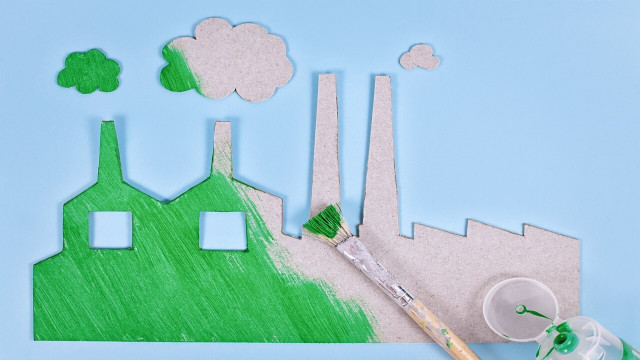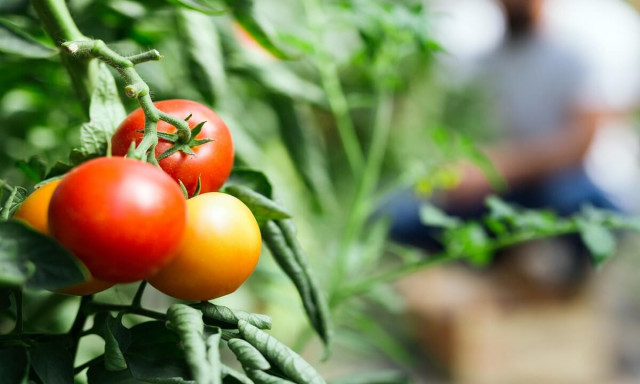
How To Create A Thriving Vegetable Garden With Fertilizers
March 3, 2021, 4:35 pm
Vegetables are one of the most commonly grown garden crops, thanks to the fact that they are easy to take care of. Vegetables, just like all plants, need sunlight, nutrients, and water to grow.
That's why it is vital to give them the best spot that gives them enough sunlight, a proper watering schedule, and the right nutrients. What's good about selling vegetables is that you can either sell or consume them once they have fully grown. If you are planning to start a vegetable garden, this article is for you. We will teach you which fertilizer is best for your crops and properly apply them for a thriving garden.
How To Create A Thriving Vegetable Garden With Fertilizers
Using Fertilizers
Fertilizers can either be organic or inorganic. Although organic fertilizers are easier to find and more convenient, inorganic fertilizers are designed to contain more nutrients for crop growth. If you're wondering if fertilizers are essential in a vegetable garden, the answer is YES! Especially for summer crops, they need a constant supply of nutrients to produce a good harvest. Fertilizers provide complete nutrition that supports crop growth and production.
Fertilizing your Vegetable Garden
A proper fertilizing schedule is as essential as finding the best manure for garden use. Generally, for most vegetable types, the best time to apply fertilizer is during the transplanting phase or when your crops are just a few inches in height. However, you might need to reinforce fertilizer application for some types of vegetables, depending on the need. That's why it's essential to learn your crops' needs to better know how to care of them.
How to Apply Fertilizers
Fertilizer application should be made in the right manner for you to maximize its effect. Here are things to consider when applying fertilizers:
1. Do Soil Test First
The first step in fertilizer application is to do soil testing. Community gardens can perform soil testing for a cheap charge. However, you can also do it yourself using a soil test kit you can find in your local supply stores. Soil testing allows you to understand your soil's pH balance and the nutrients it has or lacks. This way, you can find the perfect fertilizer to make your soil healthier, resulting in a better harvest.
2. Read and Follow the Label Instructions
Fertilizers vary depending on the brand. Reading and following the instructions found on the label is essential to prevent stunted crop growth. Instead of aiding plant growth, a wrong application can bring more harm than good to your crops.
3. Avoid Direct Contact
Always give 4" to 6" of leeway from the plant base when applying fertilizer. Direct contact with fertilizers can burn your seedlings.
4. Avoid Over-Fertilizing
Always go back to the labels and never give more than what's instructed. Over-fertilizing can also cause stunted growth or even crop loss.
5. Apply While the Sun's Up
Rain can easily wash away your fertilizers, making your efforts and fertilizers go to waste. Always wait for a sunny day to apply them.
6. Water After Fertilizer Application
Water "activates" your fertilizers. So watering your crops after applying an ample amount of fertilizer is necessary for them to start working.
7. Find Secure Storage for Your Fertilizers
Store your fertilizers away from direct sunlight. Also, find a storage space that's not easily accessible by children and pets.
Conclusion
Starting a vegetable garden is a practical way to use your wide backyard. Aside from the potential income, it can also be the primary source of your family's vegetable consumption. However, before you start digging, always equip yourself with the knowledge you need to make your vegetable garden thrive. Understand your target crops' needs, such as sunlight exposure, water schedule, and fertilizer application. Once you have all the knowledge you need, go ahead start sowing your vegetable garden.












Share This Article: